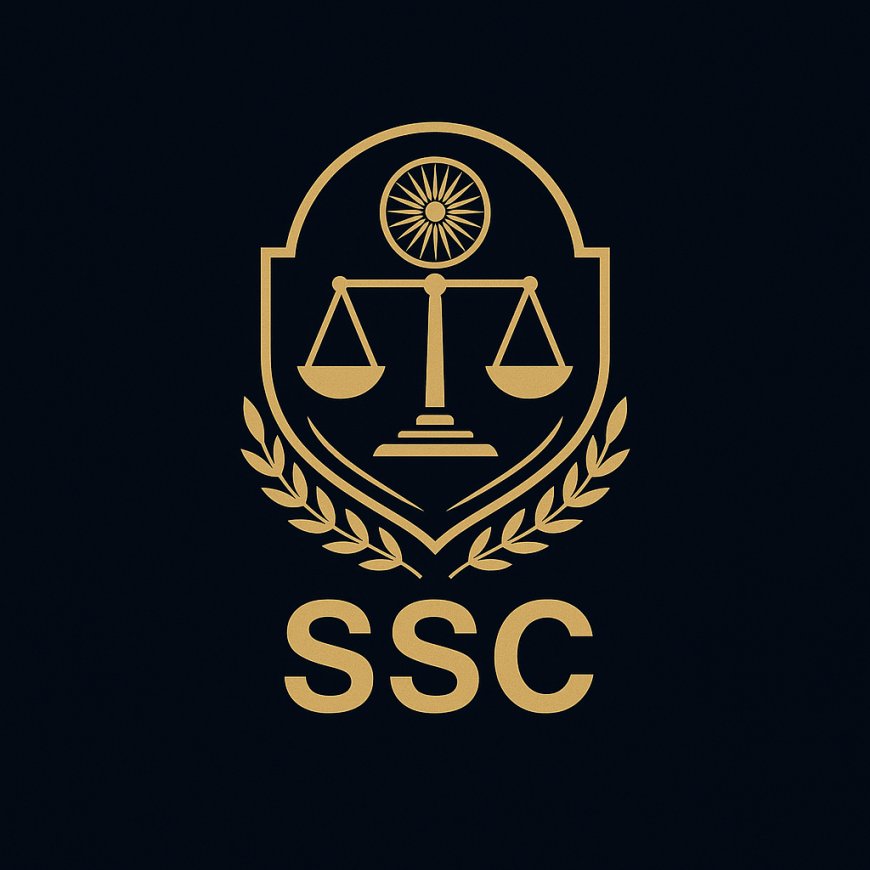Salt Satyagraha in Madhya Pradesh
मध्य प्रदेश में नमक सत्याग्रह
Salt Satyagraha in Madhya Pradesh
भारत के स्वतंत्रता संग्राम में नमक सत्याग्रह (1930) एक ऐतिहासिक आंदोलन था, जिसका प्रभाव पूरे देश के साथ मध्य प्रदेश में भी व्यापक रूप से देखा गया। महात्मा गांधी द्वारा दांडी मार्च के माध्यम से प्रारंभ किया गया यह आंदोलन ब्रिटिश शासन के अन्यायपूर्ण नमक कर के विरुद्ध था।
The Salt Satyagraha (1930) was a landmark movement in India's independence struggle, with widespread impact across the country and Madhya Pradesh. Initiated by Mahatma Gandhi through the Dandi March, this movement was against the unjust salt tax imposed by British rule.
मध्य प्रदेश में नमक सत्याग्रह की शुरुआत
Salt Satyagraha begins in Madhya Pradesh
मध्य प्रदेश में 6 अप्रैल, 1930 को जबलपुर में सेठ गोविंद दास और पं. द्वारिका प्रसाद मिश्र के नेतृत्व में नमक सत्याग्रह प्रारंभ हुआ। इस आंदोलन में हजारों स्वतंत्रता सेनानियों ने भाग लिया और ब्रिटिश सरकार के नमक कानून को तोड़ने का साहसिक कदम उठाया।
The Salt Satyagraha began in Jabalpur, Madhya Pradesh, on April 6, 1930, under the leadership of Seth Govind Das and Pandit Dwarika Prasad Mishra. Thousands of freedom fighters participated in this movement and took the bold step of breaking the British government's salt laws.
सिवनी में नमक सत्याग्रह
Salt Satyagraha in Seoni
सिवनी जिले में श्री दुर्गाशंकर मेहता ने गांधी चौक पर नमक बनाकर ब्रिटिश शासन को चुनौती दी। इसके बाद सिवनी से 9-10 मील दूर सरकारी चंदन के बगीचों में जंगल सत्याग्रह शुरू हुआ। उनका यह कदम अंग्रेजी हुकूमत के खिलाफ जन जागरूकता और विरोध का प्रतीक बना।
In Seoni district, Shri Durgashankar Mehta challenged British rule by making salt at Gandhi Chowk. This was followed by a forest Satyagraha in the government sandalwood plantations 9-10 miles from Seoni. This action became a symbol of public awareness and protest against British rule.
अन्य प्रमुख स्थानों पर सत्याग्रह
Satyagraha at other prominent places
जबलपुर और सिवनी के अलावा, खंडवा, सीहोर, रायपुर जैसे नगरों में भी सत्याग्रहियों ने नमक कानून का उल्लंघन किया। यह आंदोलन ब्रिटिश शासन के खिलाफ व्यापक असंतोष का प्रतीक बना और पूरे मध्य प्रदेश में स्वतंत्रता संग्राम को नई दिशा दी। नमक सत्याग्रह ने मध्य प्रदेश में स्वतंत्रता आंदोलन को एक नया जोश और गति प्रदान की।
In addition to Jabalpur and Seoni, Satyagrahis violated the Salt Law in cities such as Khandwa, Sehore, and Raipur. This movement became a symbol of widespread discontent against British rule and gave a new direction to the freedom struggle throughout Madhya Pradesh. The Salt Satyagraha gave a new impetus and momentum to the freedom movement in Madhya
Pradesh.
जबलपुर, सिवनी, खंडवा, सीहोर और रायपुर जैसे स्थानों पर इस आंदोलन ने ब्रिटिश शासन की नींवहिला दी। स्वतंत्रता संग्राम के इस साहसिक अध्याय में मध्य प्रदेश के वीर सपूतों का योगदान अविस्मरणीय रहेगा।
In places like Jabalpur, Seoni, Khandwa, Sehore, and Raipur, this movement shook the foundations of British rule. The contribution of the brave sons of Madhya Pradesh in this heroic chapter of the freedom struggle will remain unforgettable.
मध्य प्रदेश में नमक सत्याग्रह के प्रमुख घटनाक्रम :-
Major events of Salt Satyagraha in Madhya Pradesh: -
1. सविनय अवज्ञा आंदोलन की शुरुआत (12 मार्च 1930) . Beginning of the Civil Disobedience Movement (12 March 1930)
महात्मा गांधी ने साबरमती आश्रम से दांडी तक नमक कानून तोड़ने के लिए यात्रा प्रारंभ की।
Mahatma Gandhi started his journey from Sabarmati Ashram to Dandi to break the salt law.
इस आंदोलन की प्रेरणा पूरे देश में फैली, और मध्य प्रदेश (तत्कालीन सेंट्रल प्रोविंसेज़) में भी इसका व्यापक प्रभाव पड़ा।
The inspiration of this movement spread throughout the country, and it also had a wide impact in Madhya Pradesh (then Central Provinces).
2. मध्य प्रदेश में आंदोलन का प्रसार
Spread of the movement in Madhya Pradesh
गांधीजी के आह्वान पर प्रदेश के विभिन्न हिस्सों- जबलपुर, होशंगाबाद, बैतूल, छिंदवाड़ा, सागर, इंदौर, ग्वालियर, रायसेन और नागपुर क्षेत्र (जो तब मध्य प्रांत में थे) में नमक कानून तोड़ने, विदेशी वस्त्रों के बहिष्कार और शराब के विरोध के कार्यक्रम चलाए गए।
On Gandhiji's call, programmes were launched in various parts of the state - Jabalpur, Hoshangabad, Betul, Chhindwara, Sagar, Indore, Gwalior, Raisen and Nagpur region (which was then in Central Province) to break the salt law, boycott foreign clothes and protest against liquor.
3. जबलपुर का योगदान
Jabalpur's contribution
पंडित माखनलाल चतुर्वेदी, द्वारका प्रसाद मिश्र, सेठ गोविंद दास और अन्य नेताओं ने यहाँ आंदोलन को संगठित किया।
Pandit Makhanlal Chaturvedi, Dwarka Prasad Mishra, Seth Govind Das and other leaders organised the movement here.
जनता ने ब्रिटिश नमक कानून की अवहेलना करते हुए स्थानीय स्तर पर नमक बनाने की कोशिशें कीं।
The public tried to produce salt locally, defying the British salt law.
4. इंदौर और महू में आंदोलन
Movement in Indore and Mhow
महू (अब डॉ. अंबेडकर नगर) में सैनिकों और नागरिकों के बीच आंदोलन को लेकर जागरूकता फैली।
Awareness about the movement spread among soldiers and civilians in Mhow (now Dr. Ambedkar Nagar).
इंदौर में यशवंतराव होलकर के प्रभाव क्षेत्र में आंदोलन का शांतिपूर्ण समर्थन हुआ, यद्यपि राजशाही ने खुलकर विरोध नहीं किया।
The movement received peaceful support in Yashwantrao Holkar's sphere of influence in Indore, although the monarchy did not openly oppose it.
5. होशंगाबाद और नर्मदा घाटी क्षेत्र में सत्याग्रह
Satyagraha in Hoshangabad and Narmada Valley region
स्थानीय कार्यकर्ताओं ने नर्मदा किनारे नमक बनाकर नून तोड़ा।
यहाँ कई कार्यकर्ताओं को गिरफ्तार किया गया।
Local activists broke salt into pieces on the banks of the Narmada River.
Several activists were arrested here.




